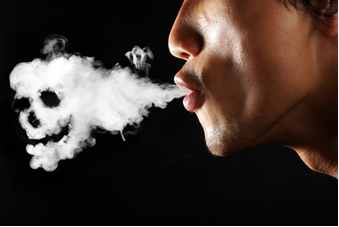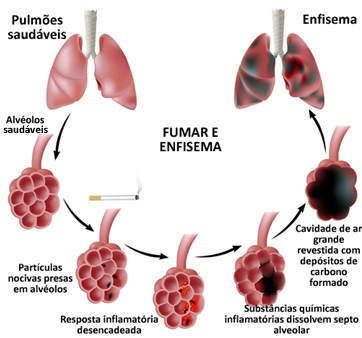The use of drugs by children and adolescents is growing more and more. A study carried out in Brazil and published in Afternoon Newspaper showed that 24.7% of young people between 10 and 17 years old have tried some kind of drug. A truly alarming number!
In many cases, drug users become involved in crimes such as drug trafficking and homicide, they become victims of violence, in addition to being subject to other dangers, such as STDs (sexually transmitted diseases) and pregnancy undesirable.
The WHO (World Health Organization) pointed out that the main basic reasons that attract young people to drugs are:
- Feeling like adults;
- Be popular;

- To relax and feel good;
- Desire to take risks;
- For curiosity.
It is necessary that details about this problem are exposed clearly, for students to become aware of the great harms of drug use. About this, read the text "The role of the educator in the fight against drugs”.

A substance is considered to be a drug when it causes some physiological or behavioral change.
Alcohol and tobacco are legal drugs because their use is permitted by law. On the other hand, other drugs, such as crack, are illicit drugs, their use is not legalized. However, all types of drugs, legal or illegal, are prohibited for persons under 18 years of age. Law No. 8,069 (July 13, 1990) of the Child and Adolescent Statute prohibits the sale, supply or delivery to the child or adolescent of products whose components may cause physical dependence or psychic.When the substance affects a person's feelings, attitudes and thoughts, we say it is a psychotropic drug, having three properties:
1. The person develops tolerance and needs increasingly larger doses;
2. The person becomes dependent and has an obsessive need to consume the drug;
3. When the person stops using the drug, a withdrawal syndrome occurs.
Thus, alcohol, tobacco and crack are psychotropic drugs. See the effects of each on the person's organism, and don't forget that this does not only affect the person who is sick, addicted, but affects everyone who lives with them.
- Alcohol:
If ingested in excess, alcohol can cause lack of coordination, lack of control, sleep and can even lead to coma, as it is a drug that depresses the central part of the nervous system. Furthermore, when it reaches the liver, alcohol is metabolized to ethanal which is much more toxic than alcohol itself, it can cause cancer and liver damage.
Do not stop now... There's more after the advertising ;)
Too much alcohol also leads to hypoglycemia, which is a sudden drop in blood glucose because the enzymes used in the production of glucose are used in the metabolism of alcohol. Another result of alcohol consumption is dehydration, because it deactivates the antidiuretic hormone in the brain, which is responsible for the reabsorption of water filtered by the kidney.
- Tobacco:
Cigarette smoke contains carbon monoxide, ammonia, nitrosamines, tar and nicotine, substances that are toxic to the body. When a person smokes, he is absorbing almost 5,000 substances that are harmful to the body.

-Carbon monoxide (CO): It combines with the hemoglobin in the blood, preventing it from carrying oxygen, and can be fatal if absorbed in large amounts;
-Ammonia (NH3): Its addition to cigarettes makes cigarettes more alkaline and causes greater release of nicotine, leading to greater dependence on cigarettes and more harm to health;
-Nitrosamines: They are carcinogenic;
-Tar: Contains polycyclic aromatic hydrocarbons (HPA's) that are proven to be carcinogenic, such as benzopyrene. The tar is partly impregnated in the lungs of smokers;
-Nicotine: In addition to the dependence that this substance causes, it also acts by stimulating the central part of the nervous system and, as a consequence, there is the increase in blood pressure, heart rate, respiratory rate and motor activity, in addition to a reduction in appetite.
When the cigarette is inhaled, the nicotine is immediately distributed to the tissues and is absorbed by the lung. As a result, countless damages are caused to the body, see some in the text Nicotine.

- Crack: For details on the constitution of crack, read the text "Crack Chemistry”. Because it is smoked, this drug goes straight to the lung, with an almost instantaneous absorption. Its effect wears off quickly, within 5 minutes, and this increases dependency. The person loses appetite, loses weight, loses notions of hygiene and constantly feels feelings unpleasant (such as severe depression, general lack of interest, tiredness, paranoia, distrust, fear and aggressiveness).

By Jennifer Fogaça
Graduated in Chemistry

